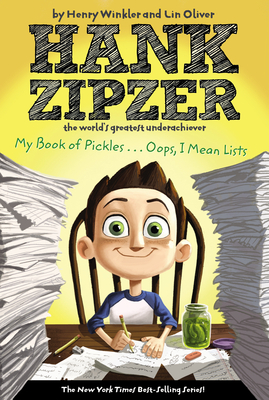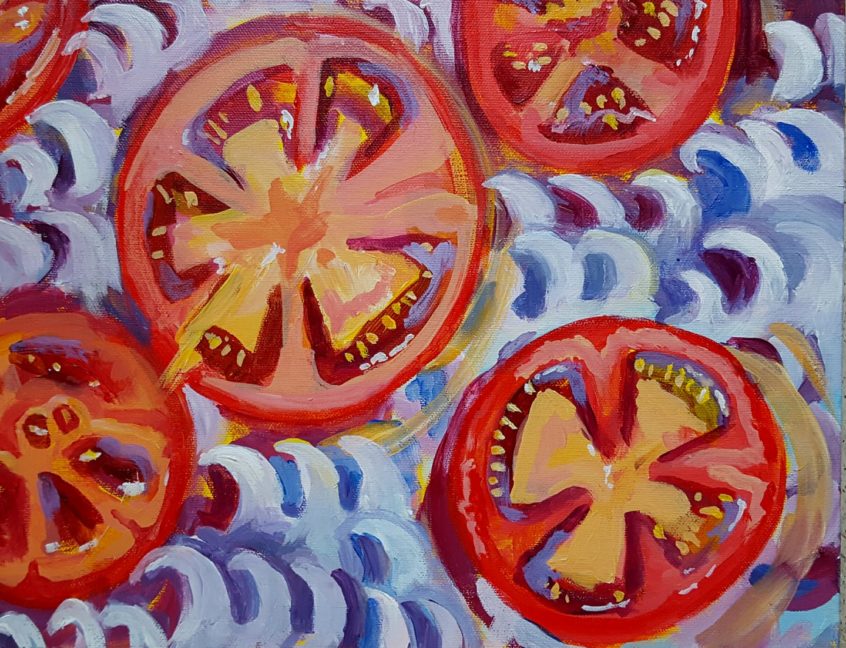How our brains are wired (our genetics) determines our temperament and what career path we choose — scientist, doctor, artist, writer, athlete, computer programmer… luckily, we are all very different. There is no normal, but a lovely kaleidoscope of affinities.
Creativity is useful in any field, but not all of us are wired to think out of the box. Some of the most creative people have the genetic makeup expressed as dyslexia.
Often thought of as a disability, dyslexia is a term that covers a range of disorders that don’t affect general intelligence, but that usually involve difficulty in reading, spelling, and short-term memory. There is often visual directional confusion (confusing p and q or b and d) and sequencing difficulties (transposing letters, numerals, or mathematical symbols). 10% of the population is dyslexic, 4% severely so, according to the British Dyslexic Association. 40 million Americans have some symptoms of dyslexia.
Despite having difficulties in certain areas of conventional learning, children and adults with dyslexia can learn ways to accommodate, such as using visual associations to retain information, and they can learn to excel and be successful members of society.
 Celebrities with dyslexia include Pablo Picasso, Tom Cruise, Bill Gates, and Magic Johnson. Henry Winkler, the actor who played “The Fonz” on the TV series “Happy Days,” is also dyslexic and has written a series of books with Lin Oliver for young adults featuring Hank Zipzer, a dyslexic young boy. When recognized and managed, dyslexia can be embraced as a gift, not a disability.
Celebrities with dyslexia include Pablo Picasso, Tom Cruise, Bill Gates, and Magic Johnson. Henry Winkler, the actor who played “The Fonz” on the TV series “Happy Days,” is also dyslexic and has written a series of books with Lin Oliver for young adults featuring Hank Zipzer, a dyslexic young boy. When recognized and managed, dyslexia can be embraced as a gift, not a disability. 
With dyslexia, a person may be more comfortable working in collaboration with others. He or she may have better color memory, better ability to understand in 3-D, and be more of a risk taker and hard worker. All of this means that with dyslexia, a person has great problem-solving skills and an unconventional point of view.
With dyslexia, a person is naturally more creative. Take a look at the “out of the box” thinking that was needed to create the unique designs for contemporary objects at The Dsylexic Design Company in the UK. And read more about how dyslexia can be as asset to creativity in this article by Jim Rokos, curator of Dyslexic Design, “Why Dyslexia Makes You a Great Designer.”
If you have a child in your family with dyslexia, you can foster self-confidence and imaginative thinking by encouraging your child to use those unique qualities of dyslexia to his or her advantage. Contact the social worker at your child’s school to learn ways to help your child cope in a traditional school setting.
Reading aloud to a child with dyslexia is especially important because of difficulties that child will have in reading independently. What you read aloud will always be at a much greater comprehension level than your child could read alone. Books you read can be the inspiration and motivation for your child to keep trying, learning, and sharing their creative spark with the world!
